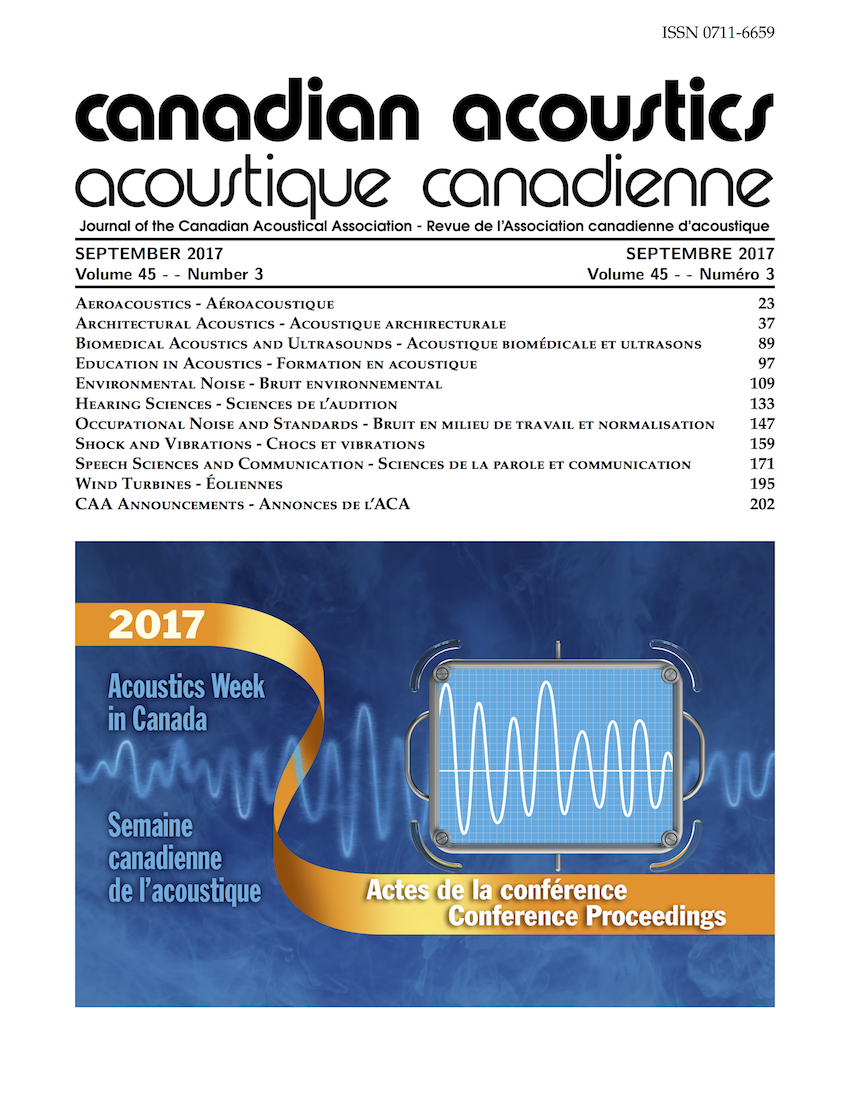Evaluation of the bias on X-ray Absorptiometry and Quantitative Ultrasound Measurements due to Bone-Seeking Elements
Abstract
The current clinical gold standard for assessing bone mineral density (BMD) is by dual-energy X-ray absorptiometry (DXA), which estimates areal BMD (aBMD). The substitution of bone-seeking elements such as strontium, lead and aluminum in bone mineral alters the photon attenuation properties of bone, and therefore can cause biases in aBMD when estimated by DXA. Quantitative ultrasound (QUS) is an alternative bone densitometry technique based on the measurement of broadband ultrasound attenuation (BUA) and speed of sound (SOS). Derived quantity known as the stiffness index (SI) is calculated based on the two ultrasonic parameters, and is then converted to an estimated aBMD. This study aimed to evaluate the effect of strontium, lead and aluminum on DXA and QUS measurements using bone-mimicking phantoms.
To prepare the phantoms, hydroxyapatite compounds that contain varying concentrations of the three elements were set in gelatin as to have a uniform volumetric BMD (vBMD) of 200 mg/cm3. A Hologic Horizon® DXA device and a Hologic Sahara® QUS device were used to estimate aBMDs in the phantoms.
aBMD measured by DXA exhibited a strong linear relationship (r = 0.995, p < 0.001) with strontium concentration. No statistically significant relationship (p > 0.05) was found between aBMD and concentrations of lead or aluminum under 200 ppm examined in this study. In the case of QUS, BUA was found to vary linearly with lead concentration (r = 0.899, p < 0.038), but it showed no statistically significant association with strontium and aluminum. Furthermore, no statistically significant changes were observed for SOS and SI, as a function of the concentration of the three elements. This result suggests that, unlike DXA, the QUS is capable of assessing bone density independently of strontium substitution. Furthermore, clinically relevant concentration of lead and aluminum does not seem to influence DXA and QUS measurements.
Additional Files
Published
How to Cite
Issue
Section
License
Author Licensing Addendum
This Licensing Addendum ("Addendum") is entered into between the undersigned Author(s) and Canadian Acoustics journal published by the Canadian Acoustical Association (hereinafter referred to as the "Publisher"). The Author(s) and the Publisher agree as follows:
-
Retained Rights: The Author(s) retain(s) the following rights:
- The right to reproduce, distribute, and publicly display the Work on the Author's personal website or the website of the Author's institution.
- The right to use the Work in the Author's teaching activities and presentations.
- The right to include the Work in a compilation for the Author's personal use, not for sale.
-
Grant of License: The Author(s) grant(s) to the Publisher a worldwide exclusive license to publish, reproduce, distribute, and display the Work in Canadian Acoustics and any other formats and media deemed appropriate by the Publisher.
-
Attribution: The Publisher agrees to include proper attribution to the Author(s) in all publications and reproductions of the Work.
-
No Conflict: This Addendum is intended to be in harmony with, and not in conflict with, the terms and conditions of the original agreement entered into between the Author(s) and the Publisher.
-
Copyright Clause: Copyright on articles is held by the Author(s). The corresponding Author has the right to grant on behalf of all Authors and does grant on behalf of all Authors, a worldwide exclusive license to the Publisher and its licensees in perpetuity, in all forms, formats, and media (whether known now or created in the future), including but not limited to the rights to publish, reproduce, distribute, display, store, translate, create adaptations, reprints, include within collections, and create summaries, extracts, and/or abstracts of the Contribution.


